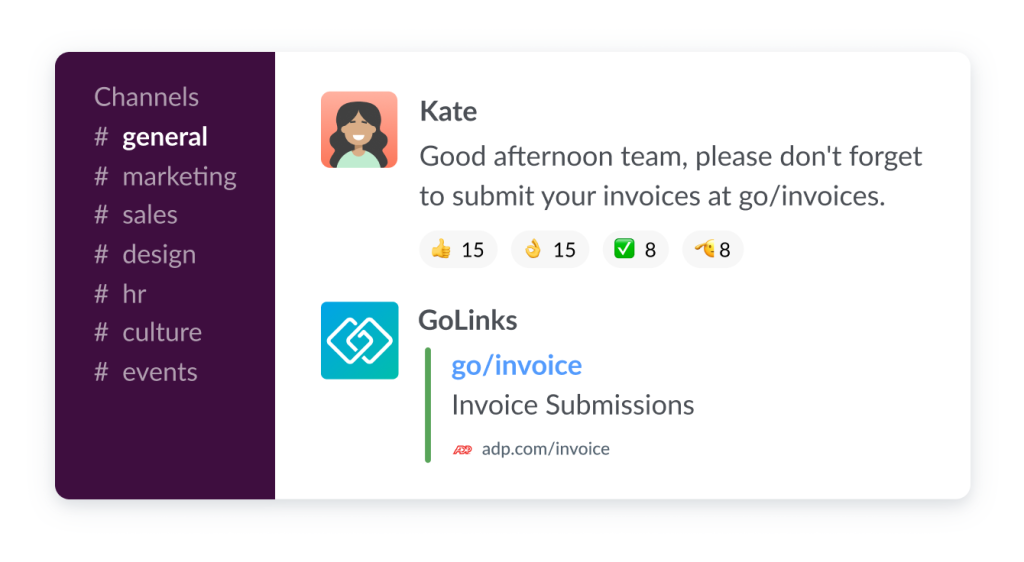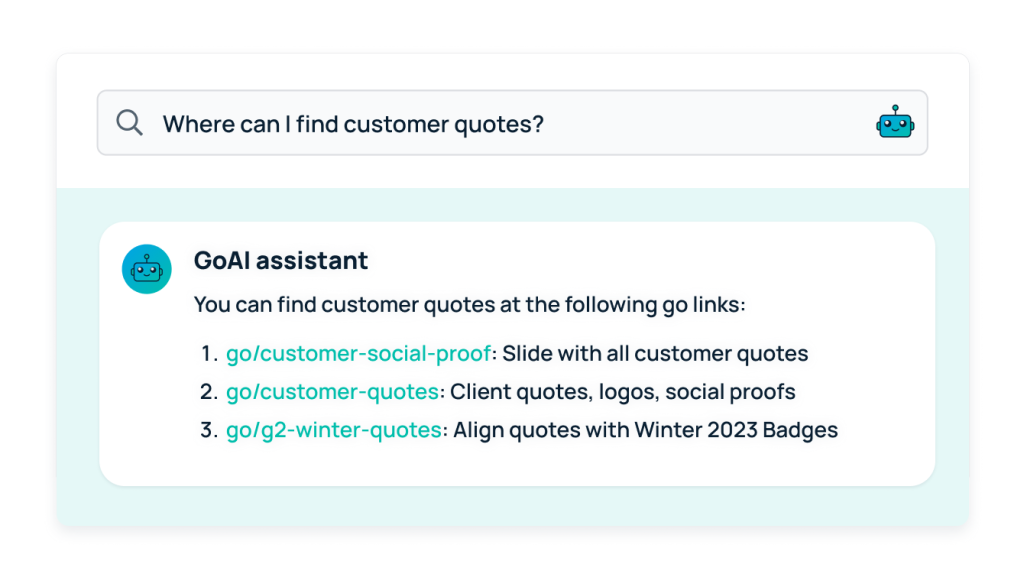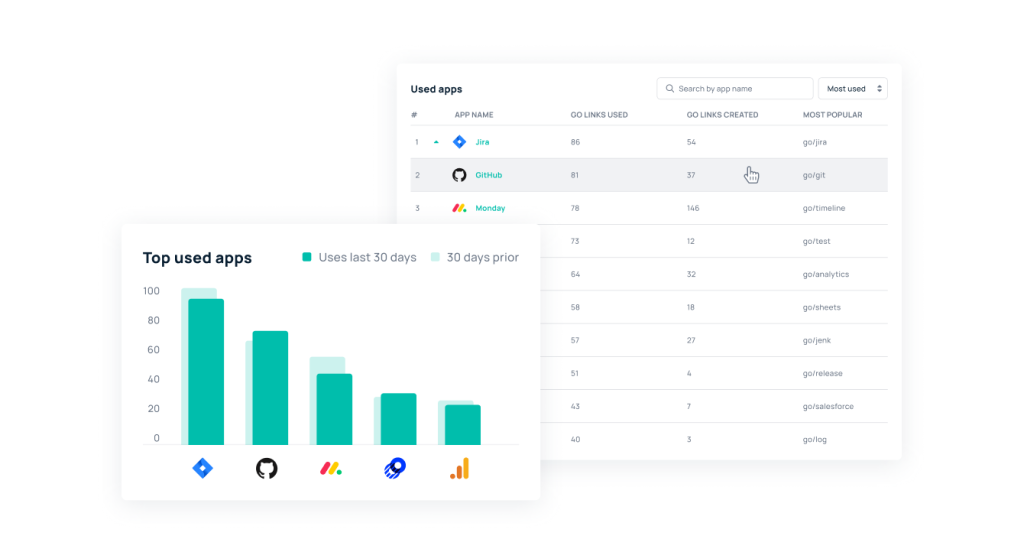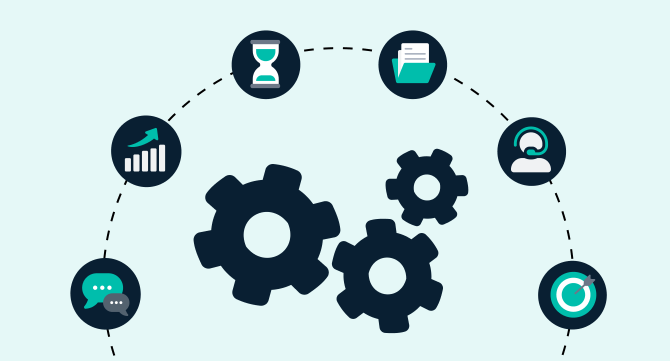Whether your business is brand new or has been running successfully for years, it’s important to occasionally pause and review your day-to-day business operations for any inefficiencies and opportunities to improve. This becomes especially critical after your company has made any kind of big change — whether that’s moving to remote operations, undergoing layoffs, or merging with another organization.
It can be hard to know where to start when it comes to improving your business operations, since the term “business operations” can cover any number of business activities, processes, and tools — from the software you use to the frequency of your team-wide meetings.
Today, however, we’ll focus on one key factor that can positively impact every aspect of your business’ operational strategy: improving your organization’s knowledge management.
A key factor to improve business operations processes
When people talk about a company’s business operations, they’re often referring to the organization’s core processes, including their workflows, communication, and collaboration processes. All of these are highly impacted by knowledge management, or the way an organization organizes, stores, and disseminates knowledge internally.

While improving knowledge management often isn’t top of mind for many managers, it should be. Poor management of internal knowledge can quickly lead to communication and collaboration breakdowns across the company, as well as hours of lost productivity for employees. When you add them up, the costs incurred by poor knowledge management quickly add up:
- The average employee spends 59 minutes a day looking for information within their company’s many apps and tools.
- Employees spend an average of six hours a week (close to a full workday!) recreating work that already exists.
- Large enterprises lose an estimated $70 million a year to lost productivity resulting from poor knowledge management.
- Struggling to access good information makes one in six employees want to quit their jobs.
Conversely, when a company makes it easy to access and share information across teams, employees’ productivity, communication, and collaboration all increase — leading to saved time and budget.
Types of business operations & how knowledge management helps
Generally, business operations are split into four categories:
- Production: how goods or services are created
- Financial: how budgets and resources are managed
- Marketing: how products or services are marketed
- Human resources: how employees are managed
Knowledge management can help improve key business processes, both within these categories and across them, in three key ways.
Increasing collaboration across teams
According to a 2022 study, nearly 80% of knowledge workers report that their teams are siloed from their wider organizations. The majority also say these cross-functional communication breakdowns negatively impact their work.
Improving knowledge management can break down knowledge silos by making it easier for teams to share and access information across departments.
For instance, a knowledge management tool like GoLinks allows employees to share internal resources using intuitive, memorable short links. For example, the finance team could ask employees to submit invoices at “go/invoices,” a go link that redirects to a specific form within ADP. This is helpful because:
- If the finance team switches from ADP to Gusto in the future, they don’t have to ask employees to update their bookmarks — they can simply change the URL that the go link “go/invoices” redirects to.
- Since go links use intuitive language, employees don’t need to save dozens or hundreds of bookmarks — they can often just remember that “go/invoices” will take them to the right form. And if they do need extra help, they can easily search for the right go link within GoLinks’ dashboard or Slack integration.

Streamlining workflows within teams
Improved knowledge management can also speed up workflows within teams, not just across them. When employees can quickly access the information they need, they don’t spend unnecessary time hunting down resources or waiting on others to send them a link.
With GoLinks, employees can speed up their workflows by creating go links for their most commonly used apps and resources, rather than having to rely on carefully organized bookmark folders or Excel spreadsheets.
They also don’t have to wait for coworkers to get out of meetings to ask them where certain resources live: instead, they can use GoLinks’ AI assistant to find the information they need. For instance, rather than wait for a Slack response from their manager, a new employee could simply type “Where can I find customer quotes?” into the GoLinks dashboard, and be helped by GoLinks’ AI assistant.

In the same way, a new hire can direct their own learning by asking GoLinks’ AI assistant, “I just started, what are some resources I should know?” in Slack.

Being able to easily remember, find, and access resources can help teams increase their productivity and boost their day-to-day efficiency.
Managing SaaS usage & spending
Finally, knowledge management software can help organizations cut down on costs by tracking and managing teams’ SaaS usage. Today, the average company has over 110 software-as-a-service (SaaS) apps within its tech stack, yet at least a quarter of those apps go underutilized by employees.

GoLinks makes it easy for IT teams to identify the apps that are being underutilized by teams. Since employees use go links to link to resources and share information with others, GoLinks can be used to get a sense of which apps are more frequently used by teams and which aren’t. Admins simply have to look at app usage within the GoLinks dashboard to understand how often employees access different tools.

Considering that enterprises waste over $17 million each year on underutilized software, this aspect of knowledge management can help organizations save a significant amount every year. (And, as a bonus: the more you cut down on unnecessary tools within your organization, the more streamlined your teams’ information sharing will be.)
Improve your business operations with GoLinks
Improving your organization’s knowledge management processes can improve teams’ workflows, collaboration, and communication, giving your organization a competitive advantage.
As Abby DeVito, Sr. Growth and Business Operations Manager at Signal Advisors, explains when it comes to using GoLinks:
“Everyone loves it. It’s super simple and doesn’t require training. Most of the team is brand new and we’ve doubled our hiring; having access to an easy-to-use tool like GoLinks—that doesn’t require training—is nice.”
Ready to improve your own teams’ knowledge management? Get started with a free trial of GoLinks, which lets you create unlimited go links from day one.
Access and share resources instantly with GoLinks
Try for free














